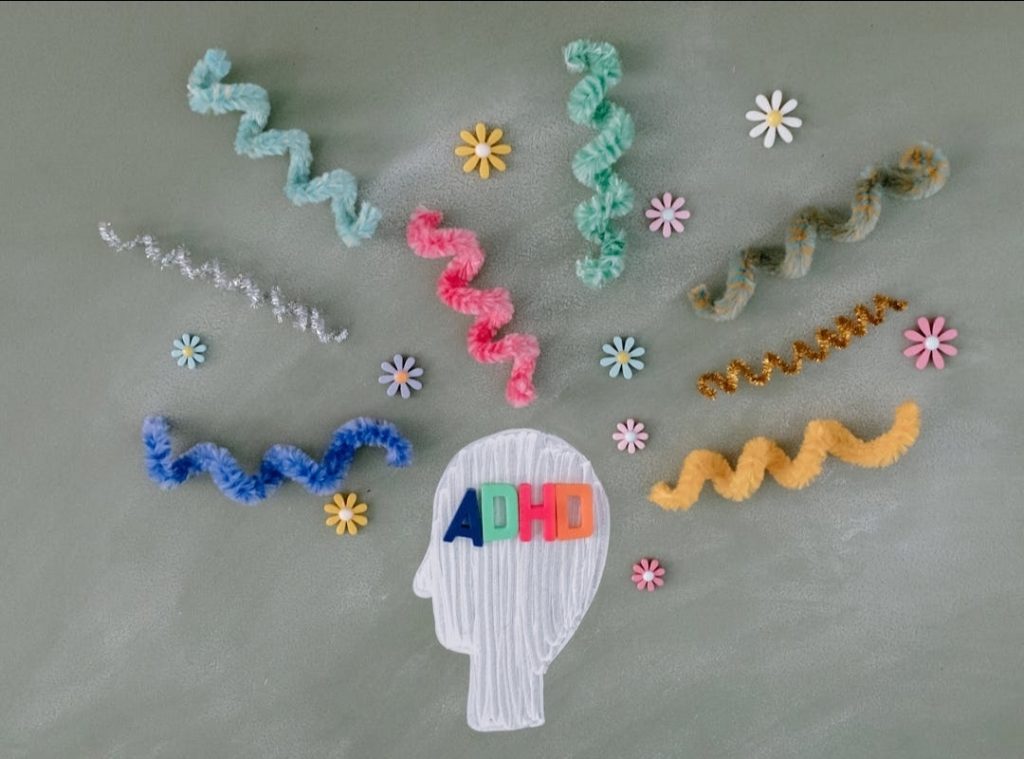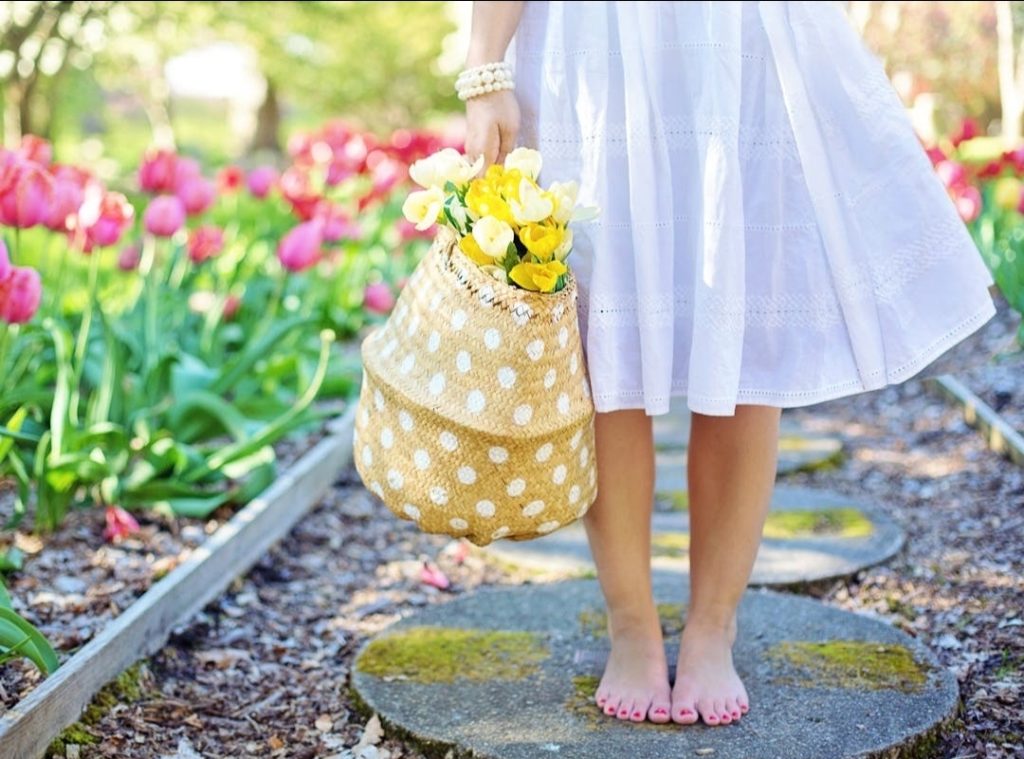In art therapy, people tend to look at how color influences our emotions and mood. I find it intriguing how our perception of color is influenced by mood and experience. What does color tell us about ourselves, our mood, or our psychological needs? To answer this question, I created a survey of three questions and shared a picture with multiple colors. I asked:
- What color is most appealing to you at this moment?
- What is happening in your life right now?
- How is your mood today?
With very few variances, a pattern evolved from unanimous responses of association between color, mood, and experience. Most people find color other than their favorite the most appealing at the moment. However, when it comes to the connection between experience and color, that is where it gets interesting.
Although it is not shocking to learn that people who enjoy blue are experiencing calmness and security in their lives, or people who find green comforting often have environmental protection and spirituality on their minds. Remarkably, though, people who are going through stress and anxiety tend to find orange and yellow surprisingly comforting.
“Yellow/orange is most appealing to me! In it, I see the sunshine, the light at the end of the tunnel, happy days ahead, and a bright future. Lots of stress in my life right now, but very soon, things are going to be ok or normal again,” said Chris. And so did 10 other people!
Although blue is always associated with calming effects and often sadness, it might not be a good idea to place oneself in a blue room when it comes to stress release. One may find the color blue irritating under pressure and uncertainty. Instead, bright colors such as orange, yellow, and red can be reassuring and ease that anxiety.
Some colors have both a bright side and a dark side. According to research done by Kendra Cherry and medically reviewed by psychotherapists on Very Well Mind, here’s a list of colors and their meanings:
Red: passion, love, desire, energy, excitement, power, anger, aggression, warning, danger
Orange: enthusiasm, warmth, spirituality, happiness, autumn
Yellow: cheerfulness, brightness, intensity, provocation, frustration
Green: compassion, optimism, nature, calmness
Blue: calmness, serenity, inspiration, sadness, depression
Purple: royalty, intuition, wisdom, mystery, exotic
Although the meaning and psychology don’t necessarily explain why the color of calmness is not always the answer for stress, when we prioritize our need instead of the goal, it is not that hard to explain. As much as we may want to calm ourselves, what is truly needed for a stressful situation is simply hope and optimism.
The study of color therapy and its impact on people is still research in progress. I do hope this article provides you an out-of-the-box approach to color therapy.
Our Her Nexx Chapter Community invites you to join us where women are connecting with each other’s stories, exploring different experiences, and transforming ideas.
The Future of Connection for Women
- An Out of the Box Approach to Color Therapy – What “Colors” Your Moods and Emotions? - March 31, 2021
- Celebrate Random Acts of Kindness Day with a Prompt - February 17, 2021
- Black History Month: 5 Things Most People Don’t Know About Billie Holiday - February 12, 2021
Follow us:







